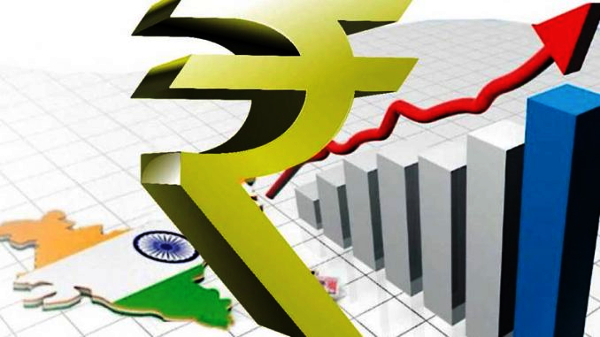In September, a steady recovery in the manufacturing sector helped India climb two notches to third place in the main emerging markets, wherein China and Brazil rank higher.
In the first year-on-year increase in exports in seven months, manufacturing growth reflected the highest reading in the purchasing managers’ index in over eight years. India’s merchandise exports rose 6%to US$ 27.6 billion in September on a yearly basis.
Exports last reported a year-on-year spike in February, well before Covid-19 was declared a pandemic by the World Health Organization. Exports dropped 60% in April, the first full lockdown month, but since then, the contraction has been easing.
Only China (10% growth) fared better than India among the other emerging markets that announced their export data for September. The latest available data for all other emerging markets showed that exports were still below last year’s rate.
India’s manufacturing PMI, which had already returned to the expansion track in August, was boosted by the increase in exports. In September, the reading increased further to 56.8, the highest since early 2012. Only Brazil, with a PMI reading of 64.9, performed better. A reading above 50 denotes expansion.
Other real activity results, such as the selling of automobiles and the loading of rail freight, also point to the recovery of economic activity in India. These changes were likely motivated by further easing of the restrictions associated with pandemics, slower spread of coronavirus, and the start of the Indian festive season.
The weekly Business Resumption Index, compiled by Nomura, the Japanese brokerage, shows that improvement has continued widely into October. But this was primarily attributed to sharply growing mobility in the workplace, one of the index’s measures. The other data points have been slow, such as power demand and labour force participation.
Nomura cautioned that the change could signal only a” faux recovery “limited to festive use. The brokerage firm also fears that the progress achieved could be reversed by coronavirus picking up again during festivals.
Economists say that, meanwhile, retail inflation, a problem over the last few months, may have peaked in September. The inflation rate based on India’s consumer price index, which in April broke the central bank’s upper limit of 6%, rose to 7.3% in September. Only Turkey’s inflation rate of over 11% was higher among emerging markets.
After December, inflation could begin to soften with a drop in vegetable prices, a reduction in supply chain disruptions, weak demand and a favourable base impact, ICICI Securities Primary Dealership said in a report.
The Reserve Bank of India, too, expects inflation to return to its target range in the ongoing quarter, and further decline to 4.5% in January-March 2021.
By the last quarter of the financial year, the RBI also expects India’s economy to start reporting growth again. The deeper-than-expected contraction of GDP in the first quarter, however, could weigh down the growth rate for the full year: the RBI expects GDP to contract 9.5% in 2020-21, while the International Monetary Fund forecasts a contraction of 10.3%, the worst among EM peers.
Stock market capitalization, the largest among the EM economies considered in the tracker, grew 2.5% sequentially in September. The growth came in spite of net outflows of capital during the month.
In the last few months, the positive performance of the markets can in part be attributed to increased interest among domestic investors, both retail and high-net-worth individuals (HNIs). In the future, due to the US presidential elections and a second coronavirus wave in Europe, financial markets could experience volatility.
In September, the Indian rupee also appreciated 1.5% against the US dollar. The only two emerging market currencies in the tracker that outperformed the Indian rupee were the Mexican peso (2.4%) and the Chinese yuan (1.7%).
As the coronavirus situation in India is now improving and mobility is returning to pre-pandemic levels, the emphasis has shifted to stimulating economic recovery. Even after the festive season has ended, India’s relative success against other emerging economies will depend on its ability to maintain domestic demand and the gains made against the virus.
Source: IBEF
You may also like
-
Trade Connect E-platform For Exports Is Single Window, Fast, Accessible And Transformational: Shri Piyush Goyal
-
Dot Simplifies Approval Processes For Telecom Licenses And Wireless Equipment
-
Coal Production and Supply Trends on Positive Trajectory
-
Union Minister To Release Booklets On Promotion Of Indigenous Species & Conservation Of States Fishes
-
2nd India-Japan Finance Dialogue held in Tokyo on 6th September, 2024
